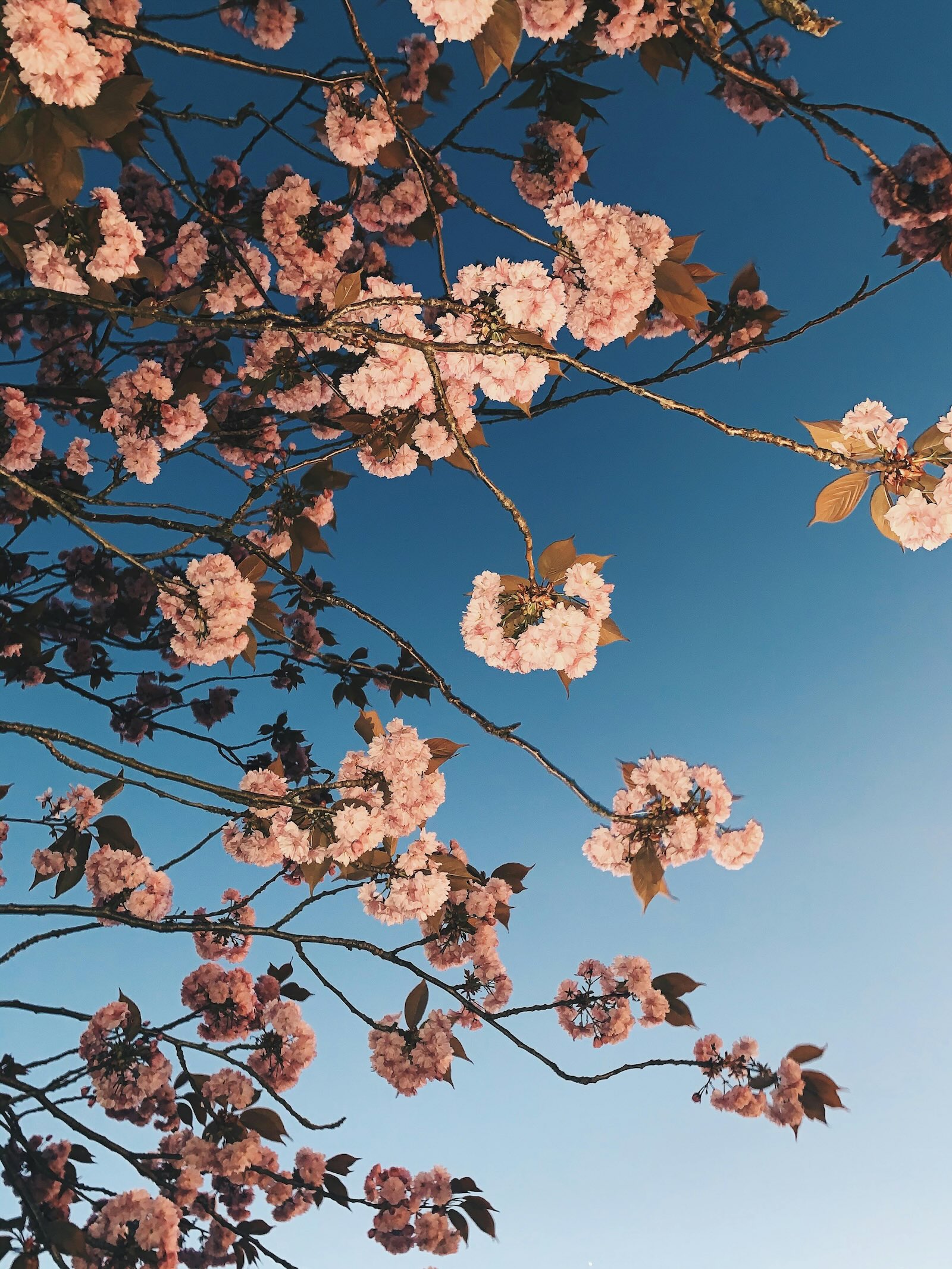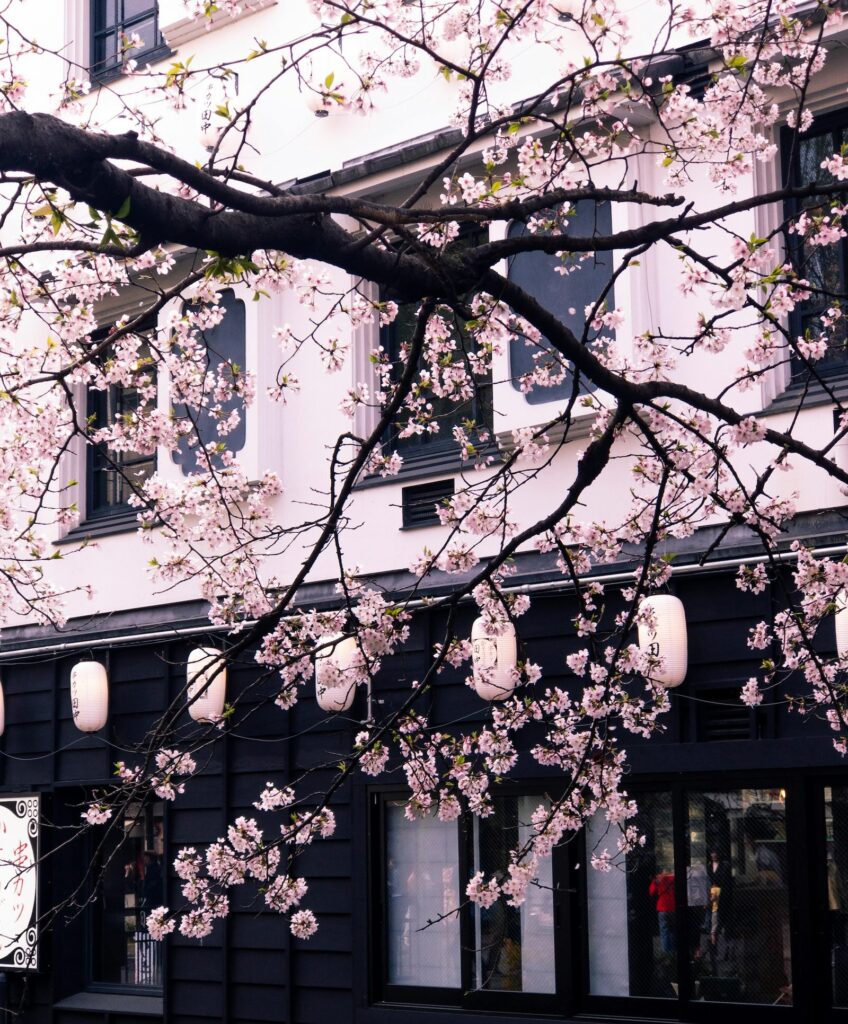
The Art of Flower Viewing: Sakura Season
Every spring, a delicate wave of pink and white sweeps across the world, sparking the beginning of a beloved tradition. This fleeting phenomenon, known as Sakura Season, is marked by the blooming of cherry blossoms—an event celebrated not only for its stunning beauty but also for its deep cultural significance.
by Anamaria Roa
Cherry Blossoms, or Sakura, have long been a symbol of the momentary beauty of life in Japanese culture. Their brief but breathtaking bloom is a sharp reminder of mortality and the beauty found in fleeting moments. This concept—this way of life—is rooted in the philosophy of mono no aware, an awareness of the temporary nature of all things.
The tradition of hanami, or flower viewing, dates back to the Nara period (710-794 AD). Initially associated with the Chinese custom of enjoying poetry and wine beneath plum trees, it was later adopted into Japanese culture. Over time, however, cherry blossoms captured greater admiration, particularly during the Heian period (794–1185), when hanami became synonymous with sakura.
Modern Sakura Celebrations
While the essence of hanami remains unchanged, today we see a variety of celebrations around the world that blend traditional customs with contemporary ones. Every spring, families, friends, and colleagues gather under blooming trees. Some locations offer food stalls, festivals, and performances to accompany cherry blossom viewing. Nighttime illuminations, known as yozakura, add another dimension to the already magical atmosphere, as petals glow softly under lanterns.
Here are some notable places to experience hanami:
- Seoul, South Korea: The city hosts several cherry blossom festivals, including the one in Yeouido Park, where thousands of cherry trees bloom along the Han River.
- Washington D.C, United States: Host of the National Cherry Blossom Festival every spring with over 3,000 cherry trees blooming along the water.
- Istanbul, Türkiye: The Nezahat Gökyiğit Botanical Garden in Ataşehir is home to hundreds of cherry trees, gifted by Japan as a symbol of Turkish-Japanese friendship. Other locations include The Baltalimanı Japanese Garden and Emirgan Park.
- Brooklyn, New York City: The Brooklyn Botanic Garden transforms in the spring, hosting the Sakura Matsuri Festival.
- Shanghai, China: Cherry blossoms are the highlight of the spring season, especially in Century Park and Gucun Park, where their vibrant fragrance fills the air.
- Taiwan, Taipei: The Yangmingshan National Park where blossoms create a spectacular contrast against the park’s mountainous backdrop.
- Vancouver, British Columbia: Vancouver’s annual Cherry Blossom Festival celebrates the city’s diverse collection of cherry trees, along West 22nd Avenue and Queen Elizabeth Park.
- Amsterdam, Netherlands: The Amsterdamse Bos offers a beautiful view of the blossoms, where the trees line paths creating a stunning springtime display.
- Paris, France: During the spring Parc des Sceaux is covered with a carpet of pink and white, where people are seen enjoying picnics under the blossoms.
- Valsesia, Italy: The annual Valsesia Cherry Blossom Festival attracts both locals and tourists where cherry blossoms dot the landscape with their beauty.
When is Peak Cherry Blossom Season?
The timing of cherry blossom season varies depending on the region and the specific type of cherry tree. However, in general, the peak bloom occurs in spring, typically between late March and early April. Warmer regions, such as Okinawa, may see their blossoms as early as January, while northern areas like Hokkaido may experience their peak bloom later, in May.
In places like Washington, D.C., cherry blossoms usually reach their peak around late March to early April, coinciding with the National Cherry Blossom Festival. In other regions, such as the U.S. West Coast or parks in Europe, cherry blossoms may bloom a few weeks later.

Varieties of Cherry Trees
Cherry trees are as diverse in their blooms as they are in their pink hues, with many varieties showcasing unique characteristics, whether it’s the shape of the petals, the color of the blossoms, or the timing of the bloom. Here are some of the most notable varieties:
- Shidarezakura (Weeping Cherry Tree): Known for its graceful, drooping branches, with pink blossoms that cascade down in a weeping fashion. Often seen in traditional Japanese gardens and temples, blooming slightly later than other varieties.
- Gyoiko (Imperial Cherry Tree): A rare variety known for its very pale, almost white blossoms, sometimes tinged with yellow. Often found in royal gardens and are considered one of the most refined cherry trees, representing grace and purity in Japanese culture.
- Fugenzo (Fugenzo Cherry): Another doubled-flower variety, but it stands out for its distinctive blend of white and pink petals. Also known for its rich fragrance, often seen in temple gardens during hanami season.
- Kanzan (Kwanzan Cherry): Known for its vibrant, deep pink double flowers, these blossoms are fuller and denser. Often reaching its peak in mid-spring, it is one of the most beloved cherry trees for its dramatic and eye-catching display.
- Ukon (Autumn Flowering Cherry): Unique for its pale, light yellow, or greenish blossoms, a rare color among cherry trees. This variety blooms later in the spring, known for its longevity.


